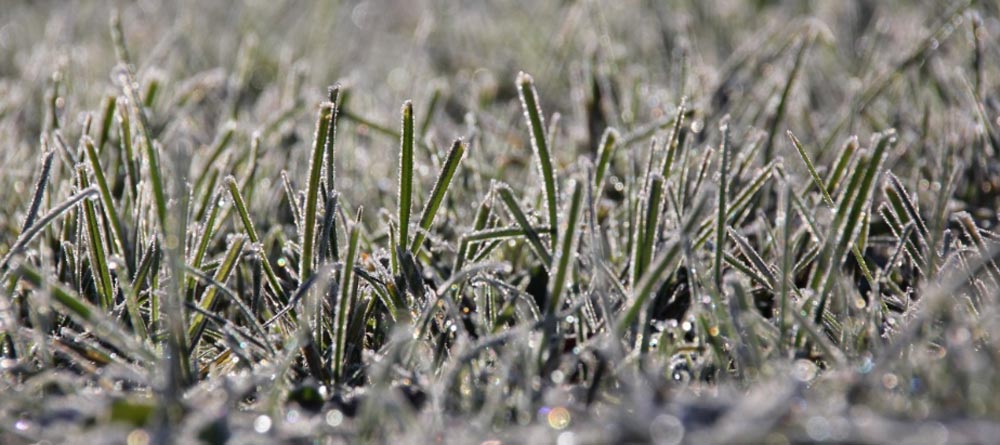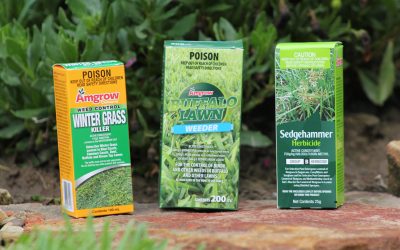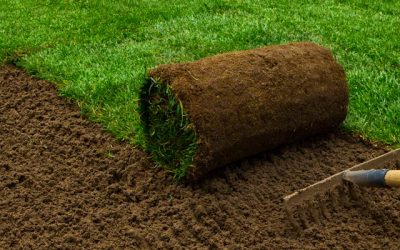Your Lawn and Frosty Mornings
16
JULY, 2018
DIY
Lawn Care
Unfortunately, there isn’t anything we can do to stop frost altogether but there are some things we can do to combat the effects of Jack Frost’s touch.
Frost tends to affect the southern states of Australia when both the ground and ambient air cools down. This typically occurs on clear nights with little wind. Without the clouds, the atmosphere cools down to below 0°C in winter. The frost is due to dew freezing in the early morning.
Warm season grasses are more susceptible to frost damage. The most visible sign of damage will be discolouration in the grass blades. The amount and severity of discolouration will depend on the lawn type. Frost also damages the cell walls of the grass blades which will slow the process of photosynthesis.

What you can do:
- Don’t walk on the frosted lawn. This will cause the blades to break and do even more damage to your lawn.
- Lightly water your lawn as the sun rises. This will assist with defrosting the lawn, making it quicker, more evenly spread and less likely to brown.
- Use an iron fertiliser before winter. Using a high iron fertiliser will strengthen your grass blade during winter.
Unless the frost is severe, your lawn should be able to repair itself. However, a helping hand is never a terrible thing, especially for establishing or struggling lawns.

Recommended for you...
Lawn Care Products for Every Season
Each season brings its own challenges – weeds in autumn, slow growth in winter, pests in spring, heat stress in summer. Here’s how the turf pros tackle each season, and the products we recommend for a healthy lawn all year round.
Laying Lawn in Autumn and Winter
Laying Lawn in Autumn and WinterWhen most people think about laying a new lawn, they picture summer barbecues, warm soil, and easy establishment. But here’s a little industry secret: autumn and winter aren’t off-limits for laying turf. Although it will take longer to...
What is the Best Grass for a Lawn? A Complete Guide to Top Choices
Discover the best grass options for your lawn with our complete guide. Make informed choices for a lush, healthy yard. Read more to find your ideal grass!



